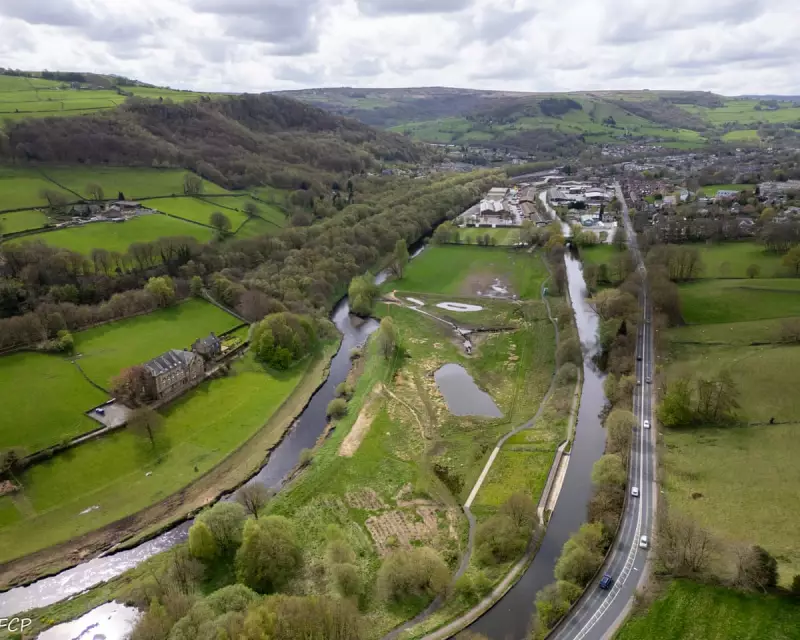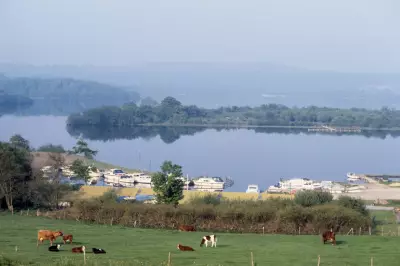
In an unexpected twist, a once-thriving wetland in the UK has transformed into a dry, scratchy expanse reminiscent of a loofah. This dramatic change has left conservationists and local wildlife grappling with the consequences of prolonged drought and shifting environmental conditions.
The Vanishing Wetland
Where water once pooled and wildlife flourished, the land now crackles underfoot. The marsh, which once supported a rich diversity of flora and fauna, has become parched—its spongy texture replaced by brittle vegetation and cracked earth.
Climate Change or Human Impact?
Experts are divided on the primary cause. Some point to increasingly erratic weather patterns, while others highlight water diversion for agriculture and urban development. Regardless, the effects are undeniable: species that relied on the wetland are struggling to adapt.
A Warning for the Future?
This stark transformation serves as a cautionary tale. Wetlands are vital carbon sinks and biodiversity hotspots, yet they remain vulnerable to both climate shifts and human interference. Without intervention, more of these ecosystems could face a similar fate.
For now, the loofah-like terrain stands as a strange yet sobering reminder of nature’s fragility.





